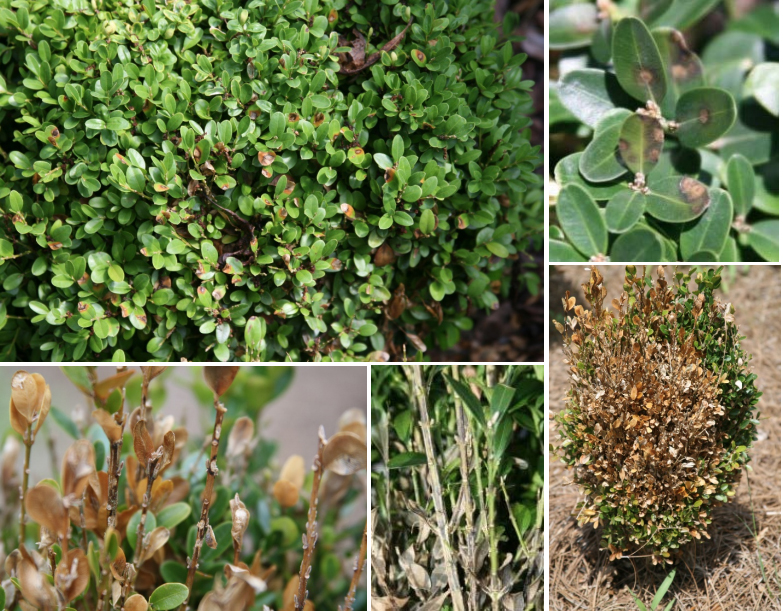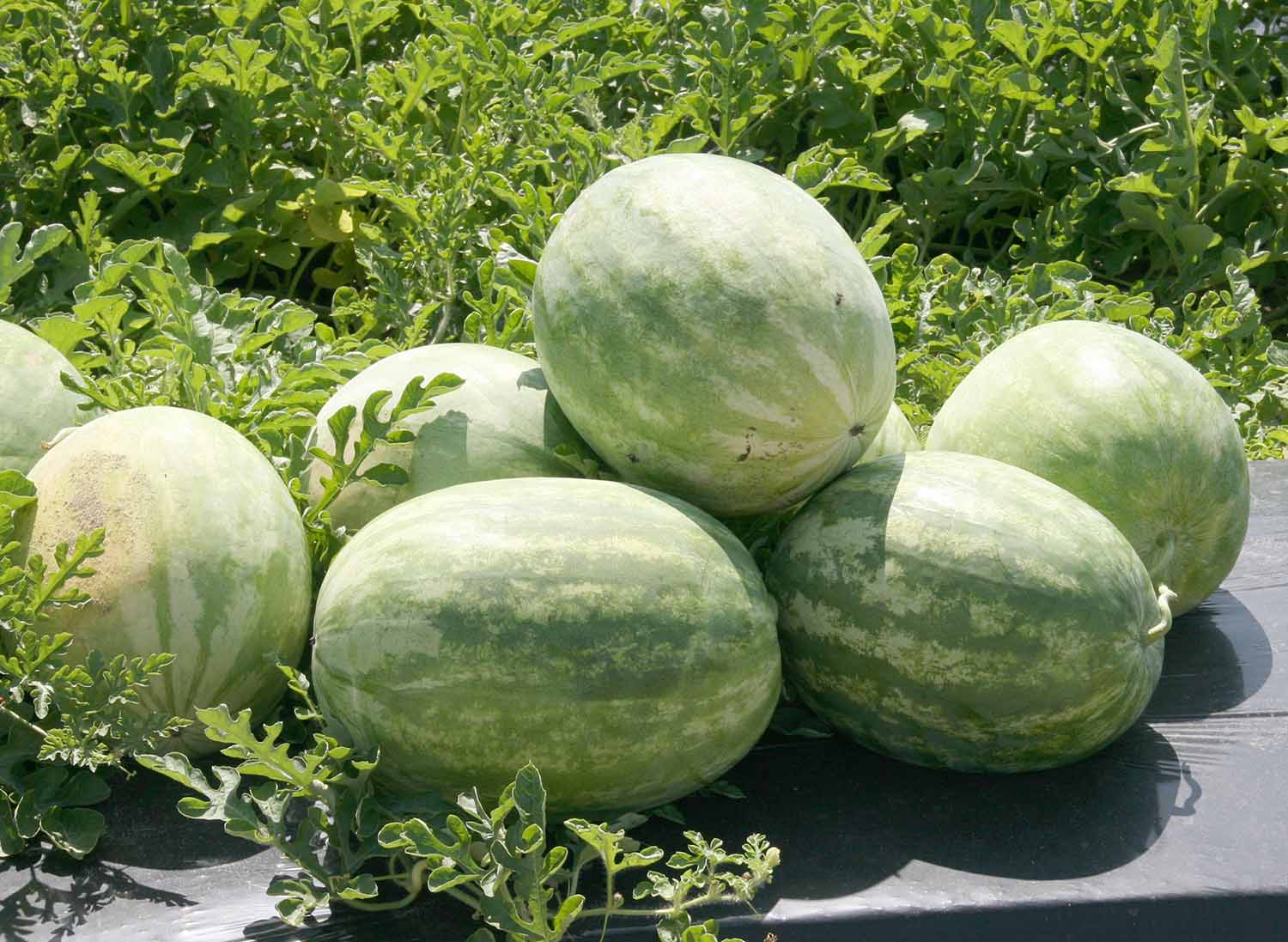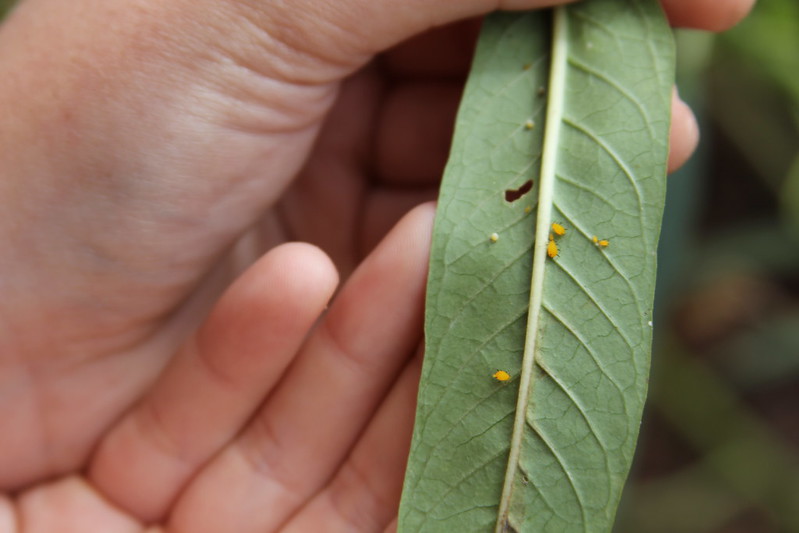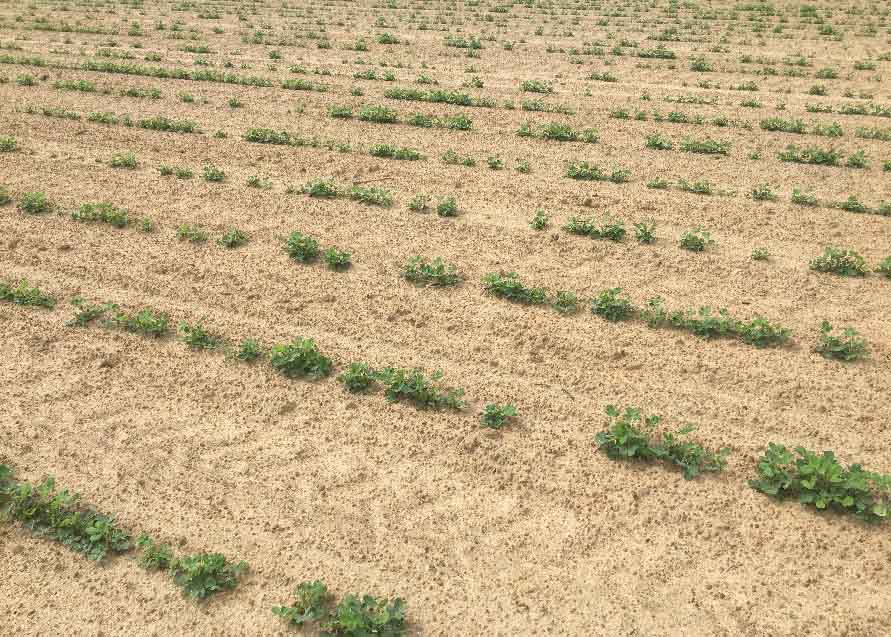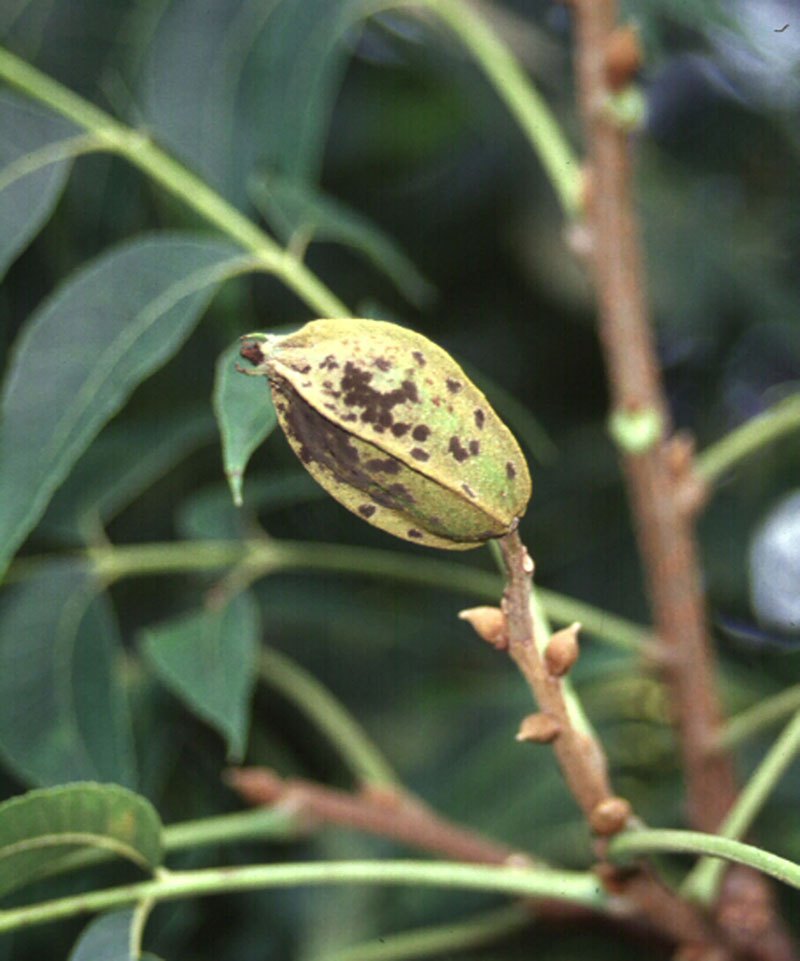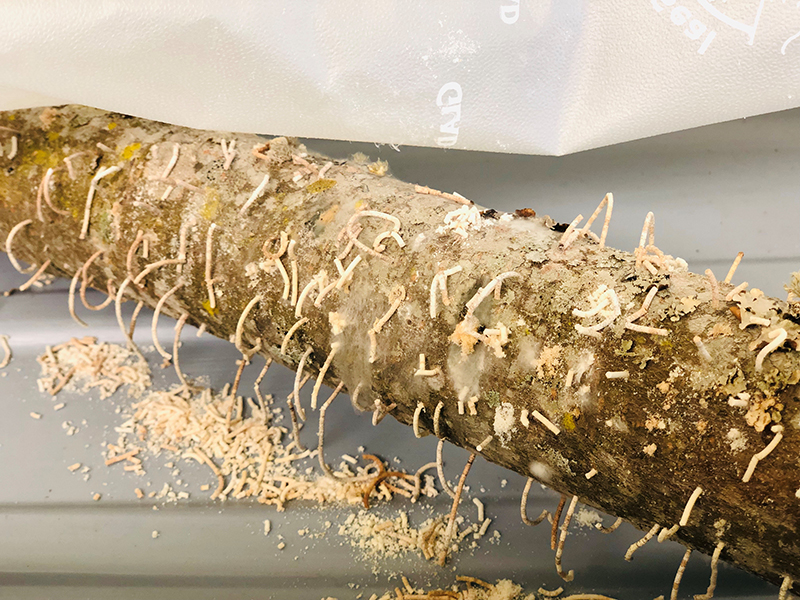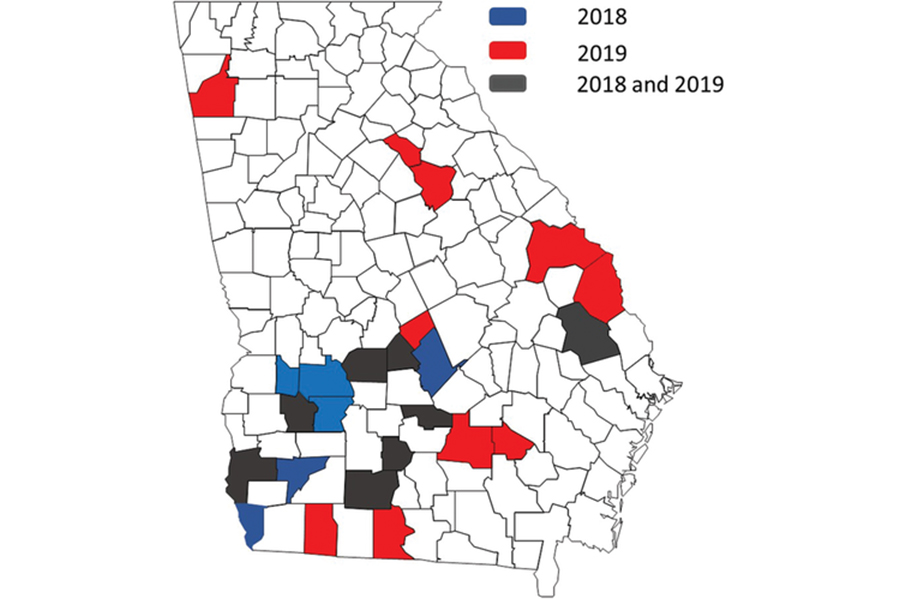 CAES News
CAES News
Cotton Leaf Roll Dwarf Virus
While aphids aren’t a direct threat to cotton plants, they can carry a persistent virus that is difficult to control and can cause significant losses in one of Georgia’s most important crops.

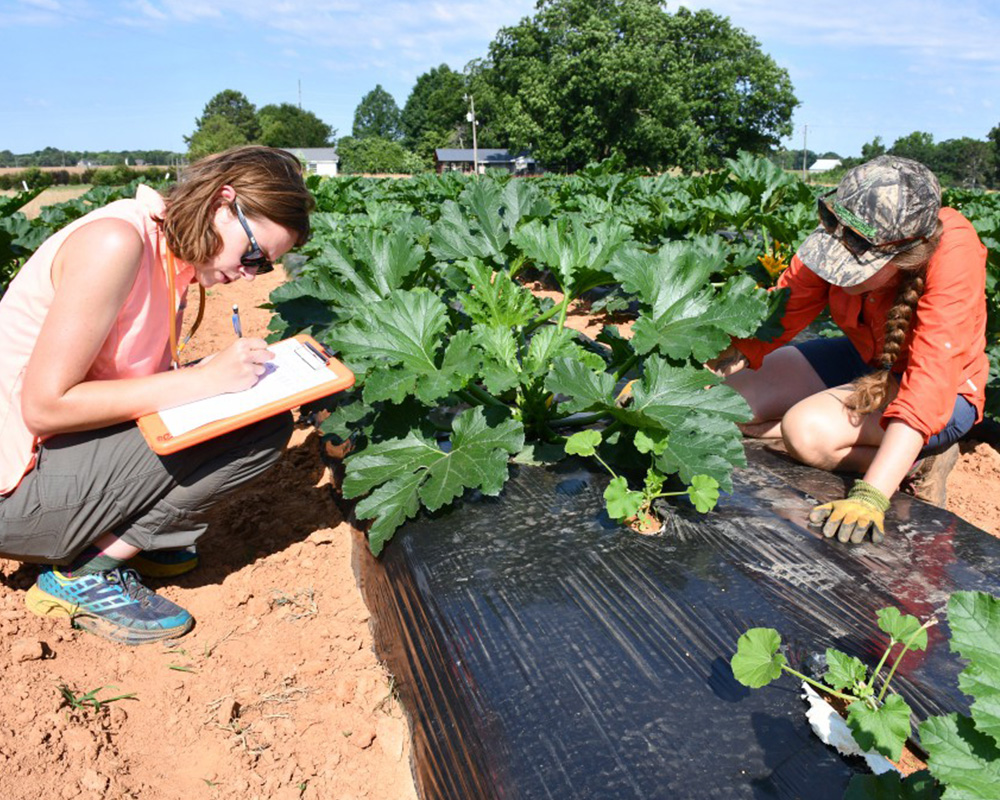

.JPG)
